Strengthening the abdominal and lumbar regions is essential to improve mobility and avoid injuries
You may have heard of core before, right? The English name comes from the central region of the body, made up of a group of muscles that play a crucial role in the stability and strength of the body.
These muscles cover areas such as the abdominal, lumbar and pelvic muscles, being responsible for maintaining posture, providing stability and facilitating efficient movements.
Muscles that make up the core:
- Rectus abdominis: Known as the “six pack,” it is the most superficial and visible muscle in the abdomen
- Internal and external obliques: Located on the sides of the abdomen, they help the rotation and lateral flexion of the trunk
- Transversus abdominis: the deepest muscle of the abdomen, acts like a natural belt that stabilizes the spine
- Multifido: small muscles along the spine that help with stabilization
- Spinal erector: set of muscles that run along the spine and are essential for posture
- Pelvic floor muscles: support the pelvic organs and contribute to core stability
- Diaphragm: the main respiratory muscle, it is also crucial for core stability
Doing standard sit-ups can strengthen some of these abdominal muscles, but it won’t strengthen your entire core region. Therefore, it is important to focus on the correct exercises to train all the muscles that make up the core!
Calisthenics for the core
There are calisthenics exercises for nucleus focused on strengthening the specific region and there are also those that involve a global movement of the body, activating the muscles of that part of the body in a secondary way.
For example, a regular sit-up will specifically strengthen your abdominal muscles, without actively stressing muscles in other regions. The squat, for example, is a multi-joint movement, which activates the muscles of the legs, buttocks and the entire body. nucleus.
You can train all muscle groups with calisthenics. But there are not as many isolated exercises as in bodybuilding, although in some exercises it is possible to train in isolation”, explains Júnior Britto, professor of physical education, artistic gymnastics and functional training.
Use the pull-up bar as an example which, in addition to working the back as the main area, also activates the biceps and nucleus. “The rhythmic gymnastics practitioner does not necessarily need to work in isolation, unless he has a deficiency in this muscle,” explains the coach.
So, what calisthenics exercises should you use to strengthen your core? We have selected some below!
Fundamental exercises
One of the great advantages of this training method is that it can be done anywhere, even at home and in parks. “Calisthenics is very versatile in terms of places to train. At home you can use chairs, sofas and stable things to perform some exercises,” explains coach Júnior Britto.
Next, we have separated 16 calisthenics exercises for nucleus, some isolated, such as abdominal variations, and others that can be performed during a workout routine and that will also activate the region. Remembering that it is advisable to consult a physical education professional before carrying out the exercises.
Specific rhythmic gymnastics exercises for nucleus
1. Traditional static table
The more traditional version of the abdominal plank can be performed either with the support of the elbows or with straight arms. When you choose the position, hold it statically, with legs together and straight and arms about shoulder-width apart, for a few seconds and repeat for a few sets. The entire torso must be erect and the abdomen contracted, as well as all the muscles involved.
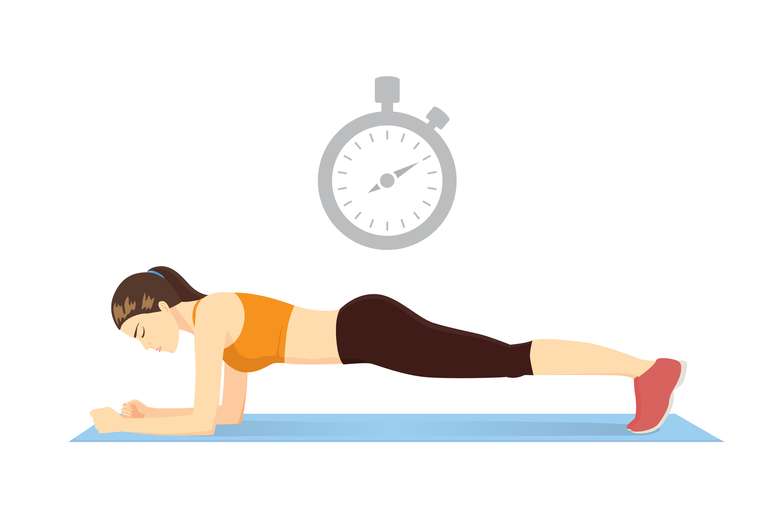
2. Dynamic board
This version of the abdominal plank begins in the position with your elbows resting on the floor, with your legs together and straight, and your arms about shoulder-width apart. Then, the person must extend the right arm (keeping the hand supported) while the left arm remains flexed and supported by the elbow. Then, extend your left arm as well. The return is also carried out gradually, first bending the right arm again and then the left. In this process, the entire body, above all nucleus and the abdomen remain contracted.
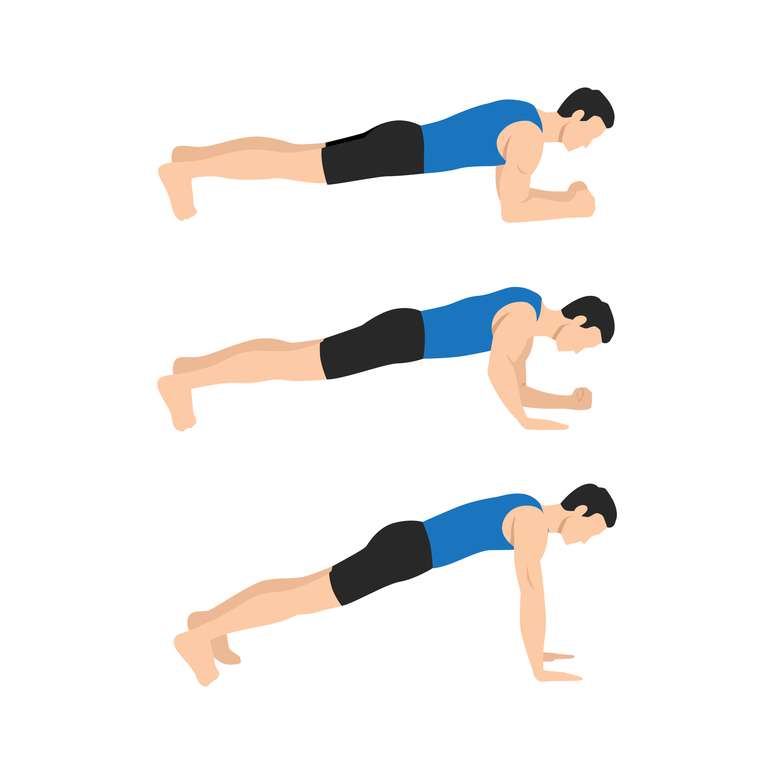
3. Lateral rotation
The movement begins with the palms of the hands resting on the floor, legs and arms extended and muscles contracted. Subsequently, a lateral rotation is performed, raising one arm upwards while the other rests on the floor. Return and perform the movement with the other arm.
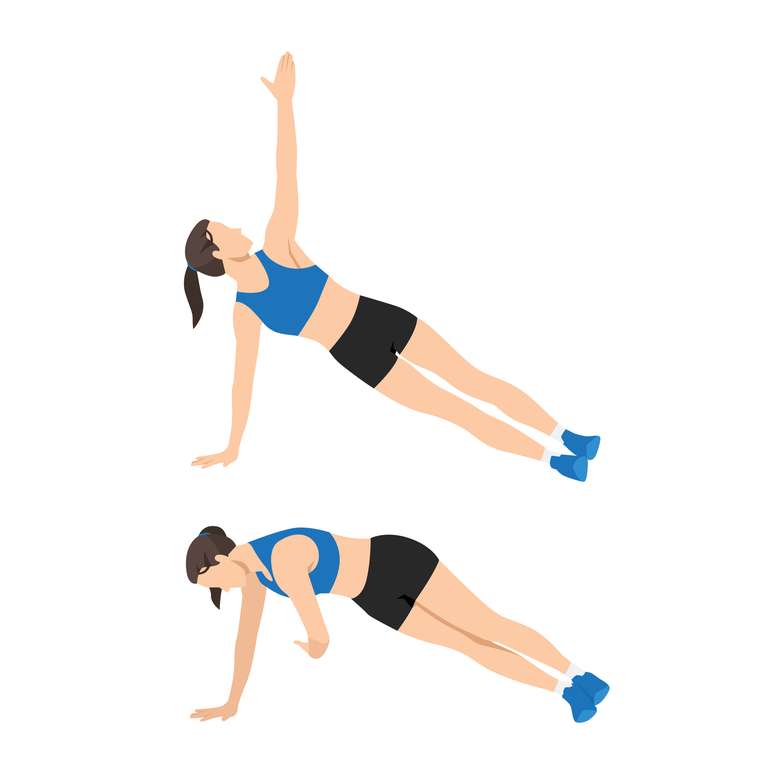
4. Single Arm Raise Plank
The movement is similar to the previous one, but without hip rotation. Only the arms should be raised, either to the side or in front of the body, while the torso remains fixed in the abdominal plank position.
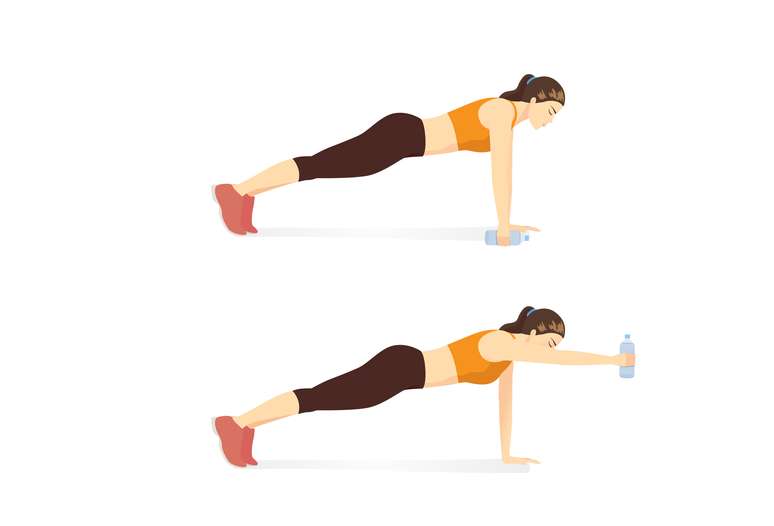
5. Reverse plank
The premise is the same as the traditional plank, but the belly is facing upwards and not towards the ground. Lie on your back on the floor with your legs together and straight. Then, extend both arms shoulder-width apart, lifting your hips. Hold the position with contracted muscles and return. To make it more difficult, you can also lift one leg.

6. Plank with leg raises
The plank position is the traditional one. However, a unilateral elevation of the leg is performed while maintaining the position with the muscles contracted. Maintain the traditional plank position and start by lifting one leg (without bending), performing a few repetitions. Then return and do the same movement with the other leg.
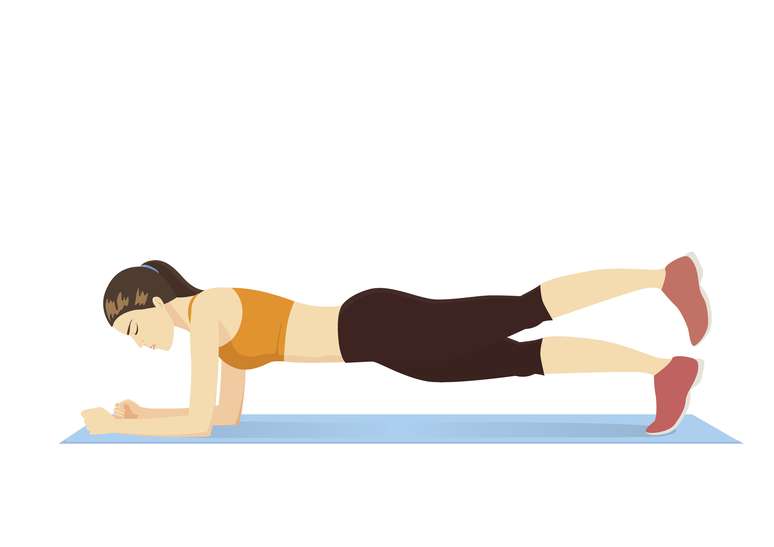
7. Climber
In the climber, the person must place both hands on the ground and remain in the traditional plank position. However, you will have to perform a movement alternating the position of your legs, as if you were climbing a mountain, alternately bringing your knees to the height of your abdomen.
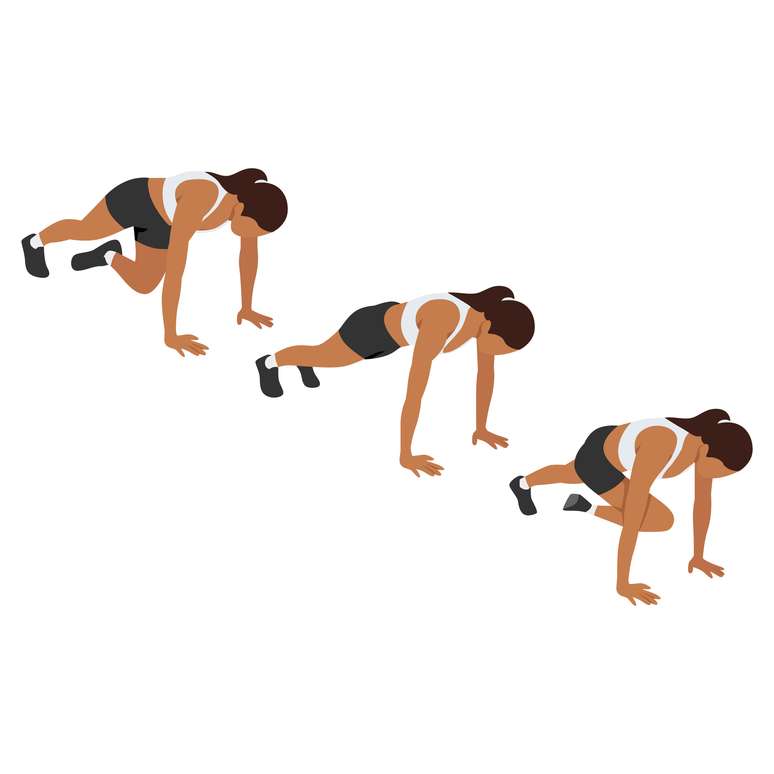
8. Side table
The movement is isometric, the same as the traditional plank, but performed laterally. Lie on your side and rest one of your arms on the floor, such as your elbow and forearm. Lift your pelvis laterally, keeping only one foot resting on the floor. The legs should always be extended and the muscles contracted. Do this on both sides. This variation can also be performed with only the palms of the hands supported and the arm fully extended.
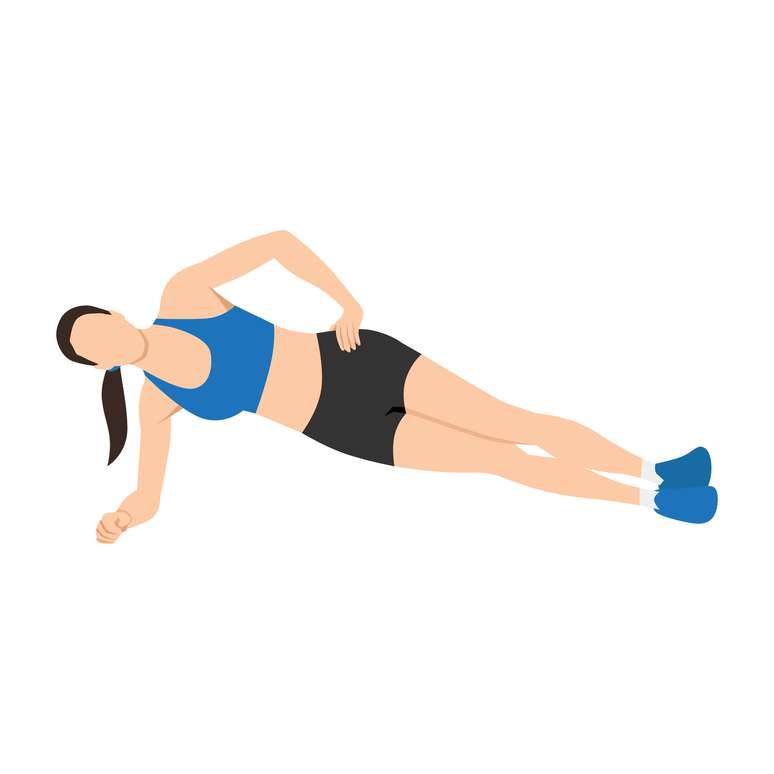
9. Star board
The star plank is isometric, just like the traditional plank. However, the position is a lateral plank, that is, with only one of the elbows resting on the floor. Get into the side plank position and extend your upper arm overhead. At the same time, extend your top leg straight up, remaining in a star-like position. Do the exercise on the other side.
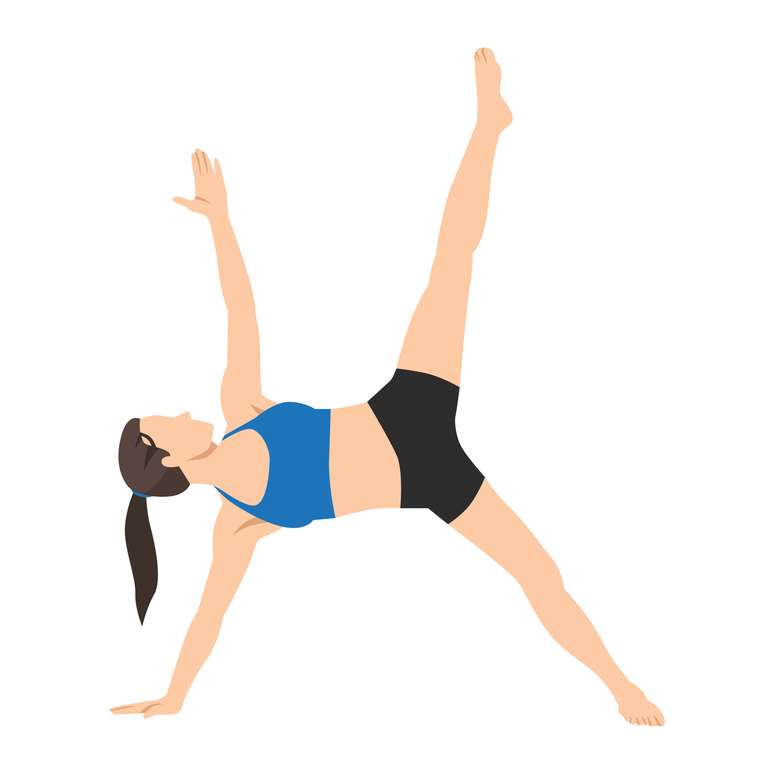
10. Plank on the ball or bosu
This more advanced version requires a Pilates ball or bosu. The plank movement is the same as the traditional one, but the arms are placed on the ball, which makes the movement difficult and helps to regain balance. The movement can also be reversed, with the feet resting on the ball and the hands on the ground.
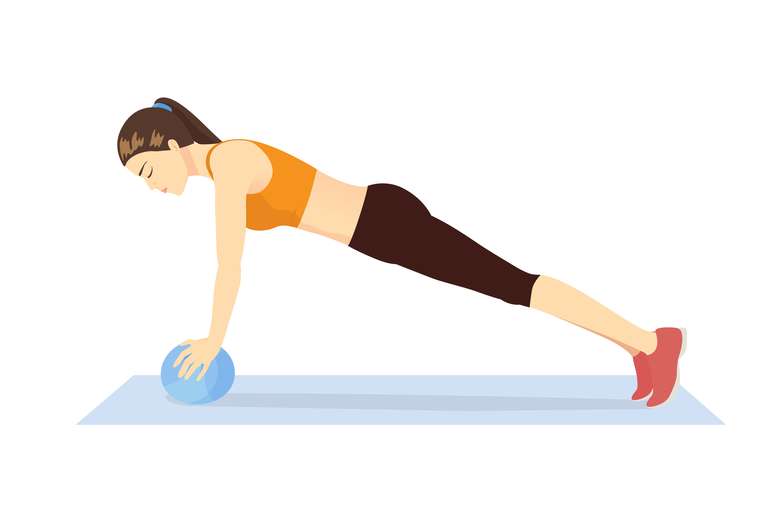
11. “Superman”
Here too the movement is isometric, but without support from the arms or legs. What is resting on the floor is precisely the abdomen. The person lies on the floor face down and makes the movement of raising his arms, head and feet, as if he were about to fly. Hence the name Superman.
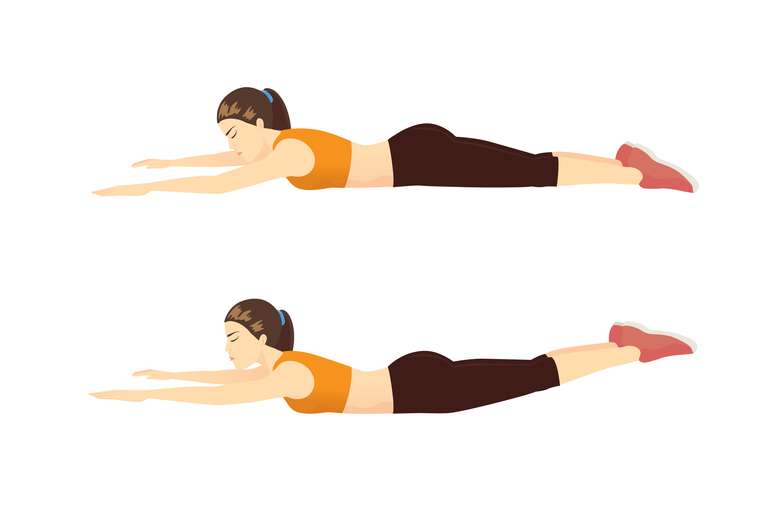
Multi-joint calisthenics exercises for the core
12. Free front squat
This variation is the simplest and most traditional and provides a complete movement. It can be done at home, without the use of weights, focusing only on the complete movement. If you find it easy, use isometry, keeping your knees bent and fixed at 90 degrees for a few seconds before performing the full movement.
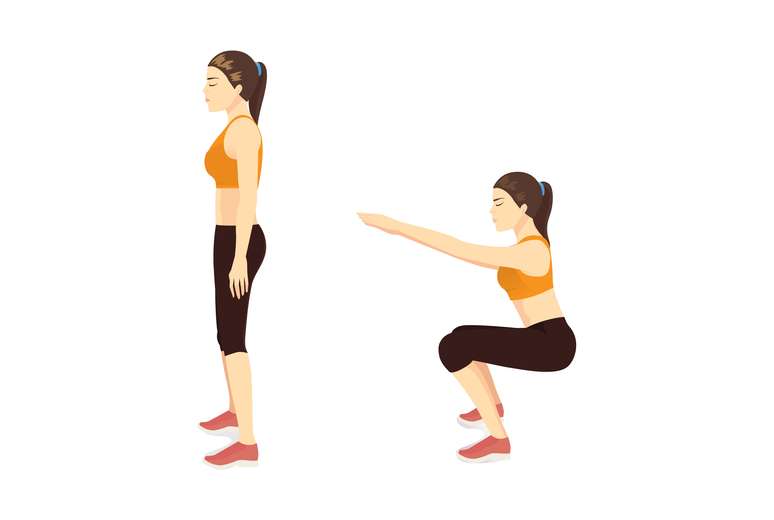
13. Static or isometric squats
The goal here is to make the movement more difficult by staying in the 90-degree squat position for a few seconds. It can be done with your back against the wall, but also without support. Try staying in the squat position for 30 seconds and then repeat the full movement.
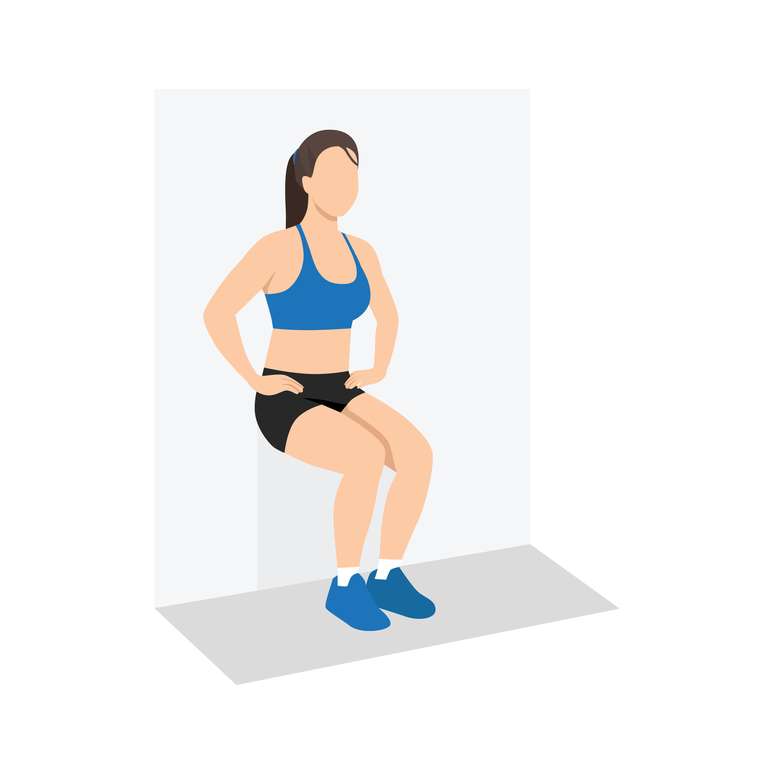
14. Inclined push-ups
You can rest your feet on a fixed bench or any elevated object, keeping your body inclined to the floor. This movement works primarily the upper chest and also the triceps, in addition to the shoulders.
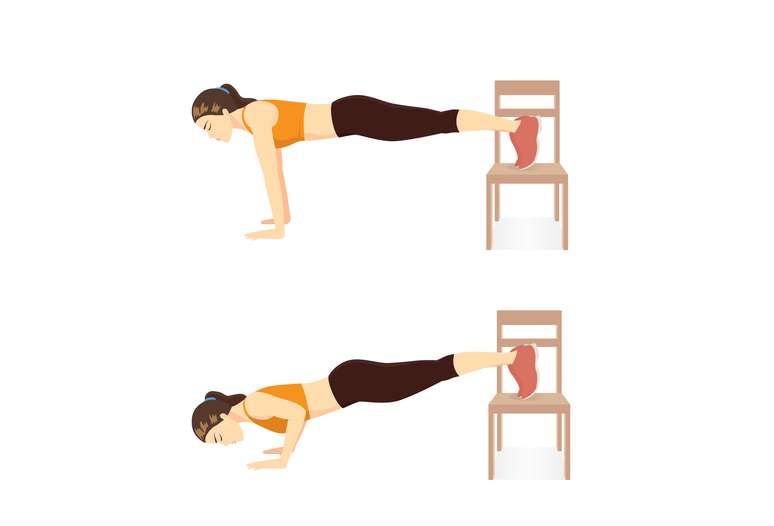
15. Fixed bar
The pull-up bar can be done with different grips and arm widths. Bars are generally found in parks or can be purchased and attached at home. The wider grip, with the hands facing forward, stimulates the back muscles more, but the biceps are also activated.
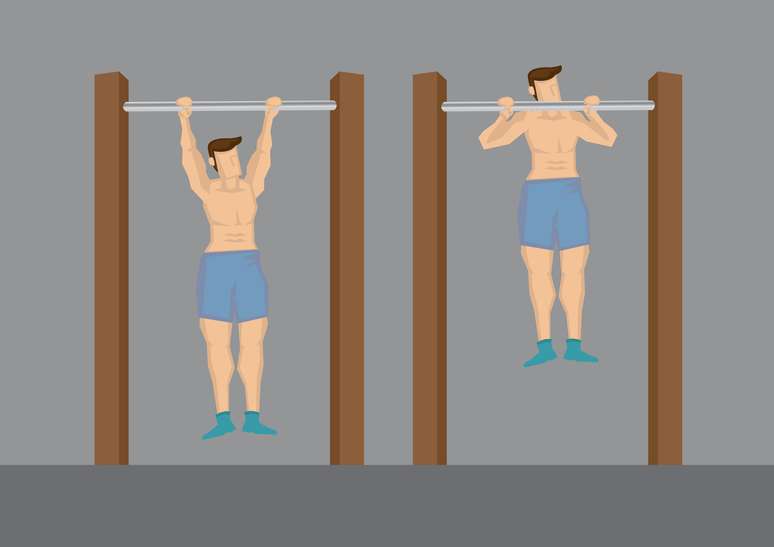
Source: Terra
Ben Stock is a lifestyle journalist and author at Gossipify. He writes about topics such as health, wellness, travel, food and home decor. He provides practical advice and inspiration to improve well-being, keeps readers up to date with latest lifestyle news and trends, known for his engaging writing style, in-depth analysis and unique perspectives.

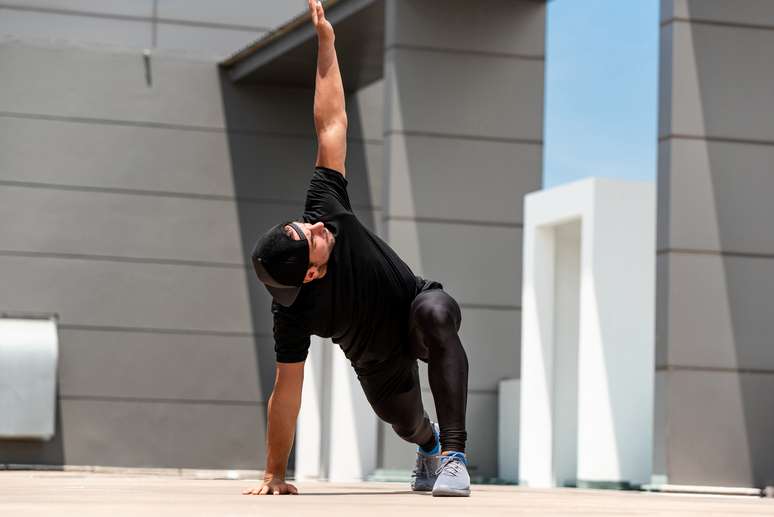





![Un Si Grand Soleil preview: Monday, November 3, 2025 episode recap [SPOILERS] Un Si Grand Soleil preview: Monday, November 3, 2025 episode recap [SPOILERS]](https://fr.web.img3.acsta.net/img/17/57/1757f0d448751fda890a362e1b46194e.jpg)
